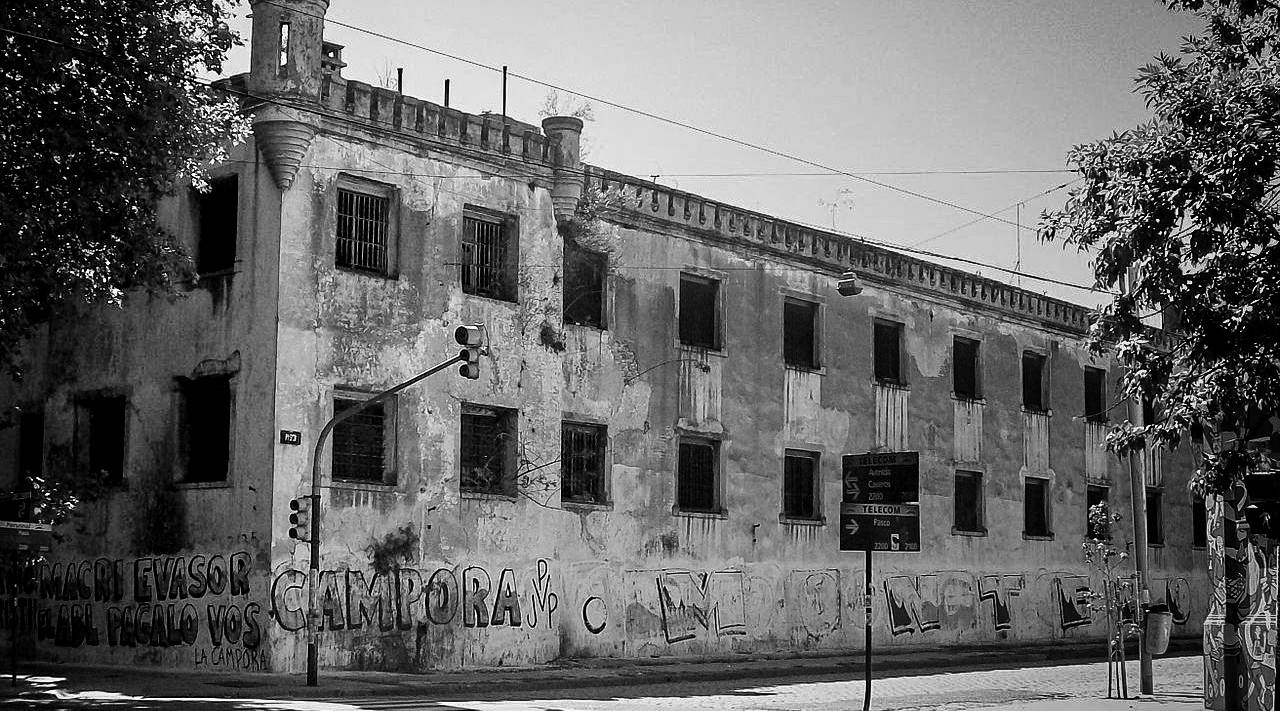
Argentina
Capital city — Buenos Aires
Country population
i2015Incarceration rate (per 100,000 inhabit…
i2014/ SNEEPType of government
Human Development Index
i2016/ UNDPName of authority in charge of the pris…
Total number of prisoners
i2014/ SNEEPPrison density
i2014/ SNEEPTotal number of prison facilities
i2015/ International Prison Observatory (OIP) in ArgentinaAn NPM has been established
Yescreated in 2014
Female prisoners
i2014/ SNEEPIncarcerated minors
i2014/ SNEEPPercentage of untried prisoners
i2014/ SNEEPDeath penalty is abolished
Yessince 2008
Physical integrity
On 6 August 2008, the Law of Military Justice, considered the last remnant of the death penalty in Argentina was abolished by National Congress. Nevertheless, no one had been condemned to death since the return to democracy in 1983.
A study conducted by the “Procuración Penitenciaria de la Nación” (PPN) and the “Centro de Estudios Legales y Sociales” (CELS) reported 272 deaths in the Federal Penitentiary System (SPF) between 2009 and 2014, 46.3% of which were violent. Violent deaths include suicide and homicide by prison guards or other inmates. In the first six months of 2015, 28 people died under SPF custody, a rate of almost one death per week.
The study counted 707 deaths for the same period in the Buenos Aires Penitentiary Service (SPB), 33.8% of which were violent.
The penitentiary service often covers up deaths caused by ill-treatment with diagnoses such as cardiac arrest or sepsis without investigating the cause of these conditions.
No data is available for the number of deaths in the Provincial Penitentiary Service (SPP).
The 2014 report from the National System of Sentence Execution Statistics (SNEEP) indicates that 226 inmates died in all prisons in the country. The SNEEP clarifies that this figure does not represent the reality provided by the prison’s administrations.
In the SPF, the most common causes of death are: 60% illness (among them 34% HIV-AIDS), 19% homicide, ill-treatement or fights and 15% suicides. In 58% of the cases the cause of death is unknown.
The PPN reported 775 cases of ill-treatment or torture in 2015. The SPB, which houses more than 30 000 inmates in 55 locations, does not have a common policy regarding the use of force; this depends on each unit director’s mandate. The lack of an overall policy means allegations of torture and ill-treatment are investigated irregularly and not to a high quality.
On January 21, C.A.A, a 27 year old man died in the Ezeiza Federal Penitentiary Complex. Although the official version states that he committed suicide in a disciplinary cell, his family contends that the guards beat him to death. The young man’s cellmate S.R., a principal witness in the investigation, died under suspicious circumstances some time later. C.A.A had just received his release order before he died.
Throughout the entire prison system, federal and provincial, there is a Régimen de Resguardo de Integridad Física (RIF), nicknamed “buzones”. These are maximum security individual isolation cells.
Consistently transferring prisoners all over the country, a practice called “calesita”, is one of the most frequent forms of prisoner punishment. The law “Ejecución de la Pena Privativa de la Libertad” N° 24.660 (Art. 71 a 73) specifies requirements for transferring inmates and stipulates that prisoners must be assigned to a prison close to their home. Importantly, it only requires for the transfer and its motives to be simply ‘communicated’ to a competent judge. This last clause allows the arbitrary nature of transfers because the penitentiary staff have authority to approve them. The PPN promoted a law reform in 2015 to regulate this practice and have it considered as a form of cruel, inhuman, or degrading treatment. Prisoners are rarely informed of their transfer and are kept far from their families. Prisoners lose their belongings, employment or educational programs on transfer and are beaten upon entering the new prison.
According to the Argentinian Observatorio Internacional de Prisiones (OIP), there were 51 arbitrary detentions in 2015, many of which resulted in the murder of the victim. The OIP believes the number of arbitrary detentions has grown over recent years, especially in the context of social protests or police operations for crime reduction.
In May 2015, an operation took place in 12 poor neighborhoods in Cordoba. More than 1,500 officers participated, among them the elite group, “Equipo Táctico Especial Recomendado” (ETER). Based on Cordoba’s misdemeanors code, officers detained 350 young people, leveled houses, and occupied neighborhoods. Young detainees were crammed into cells and subjected to ill treatment and torture.